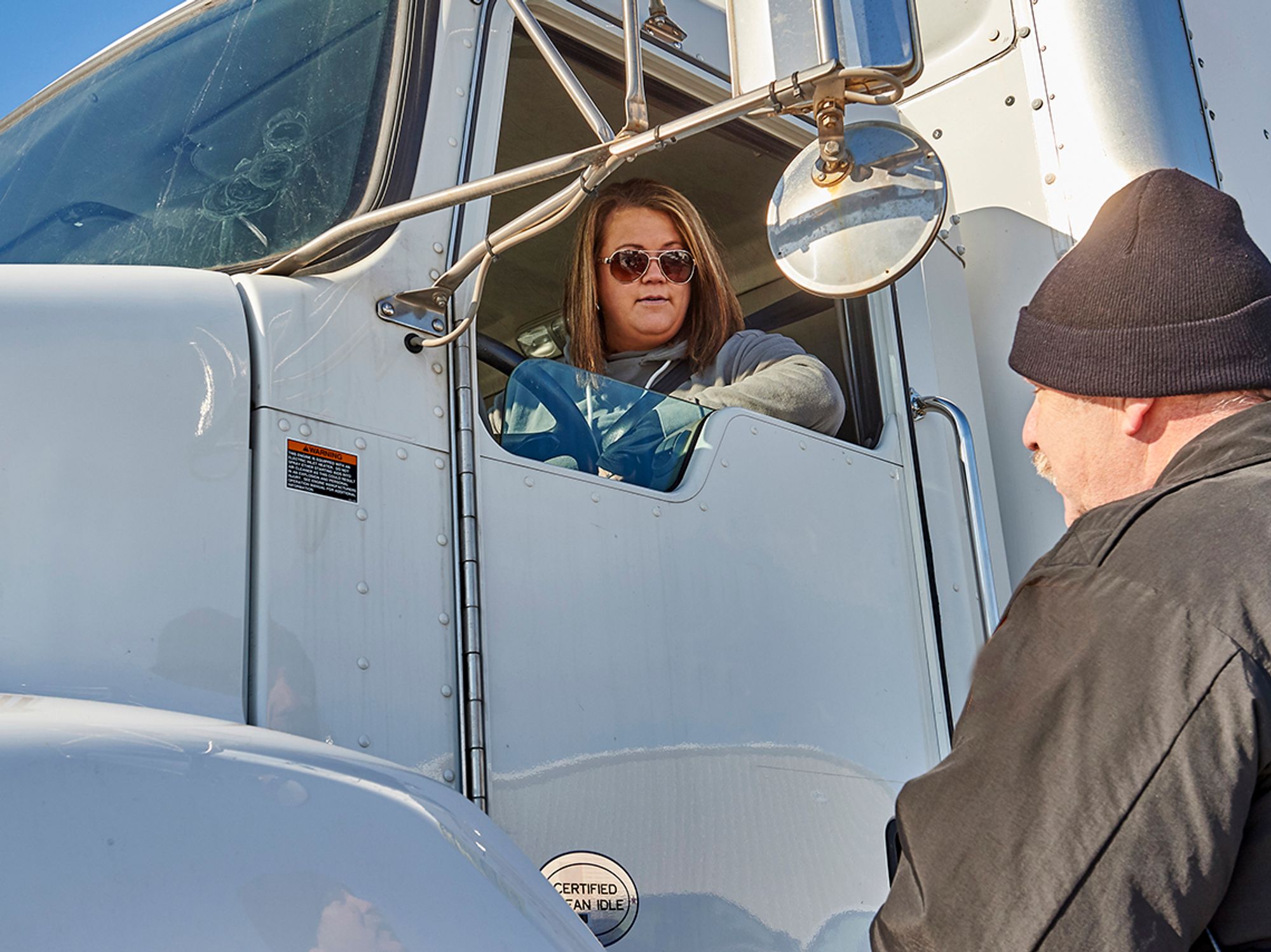Completion of the inspection

- The inspection report will be given to the driver and another copy sent to the FMCSA.
- A vehicle that is issued an out-or-service order may not be driven and must be repaired at the location of the inspection or towed to a repair facility.
- If the driver can do the repair(s), the carrier should have the driver document the repair(s) and have the inspecting officer sign off on the inspection report before the vehicle leaves the inspection site.
Generally, when a driver undergoes a roadside inspection, the inspecting officer will complete an inspection report known as an ASPEN report or Form MCS-63, Driver Equipment Compliance Check.
Upon completion of the inspection, one copy of the report is presented to the driver and another is sent to the Federal Motor Carrier Safety Administration (FMCSA) and placed on file.
If the vehicle is placed out of service, the vehicle cannot be operated on the highway until it is back into compliance. The officer issuing the out-of-service order will normally review the vehicle before lifting the out-of-service order to assure compliance has been met. If the driver is placed out of service, the driver may not operate any commercial vehicle until back in compliance.
An out-of-service vehicle cannot be driven to a repair facility. Instead, a road service will need to go to the location of the inspection to make the necessary repairs to the vehicle. The only other option is to have the vehicle towed to a repair facility by a vehicle that is designed to tow other vehicles and is equipped with a crane or hoist.
In some cases, the driver may be able to perform the repairs. If so, the carrier should have the driver document the repairs and have the inspecting officer sign off on the inspection report before the vehicle leaves the inspection site.
In cases where violations are noted on the inspection form, but the driver or equipment were not placed out of service, corrective action must be taken as soon as possible, but the vehicle can be operated by the driver.
Operating an out-of-service vehicle is a serious violation
If an out-of-service driver operates a commercial motor vehicle, or a vehicle that is out of service is moved before it is repaired, it is considered a violation of an out-of-service order, which is a very serious violation.
Fines for violating an out-of-service order range from $3,230 to $6,460 for drivers, and $5,833 to $32,297 for employers and equipment providers, and can lead to a driver being disqualified. Drivers should not operate the vehicle until the repairs are completed and the carrier has documentation proving that the repairs were done!
